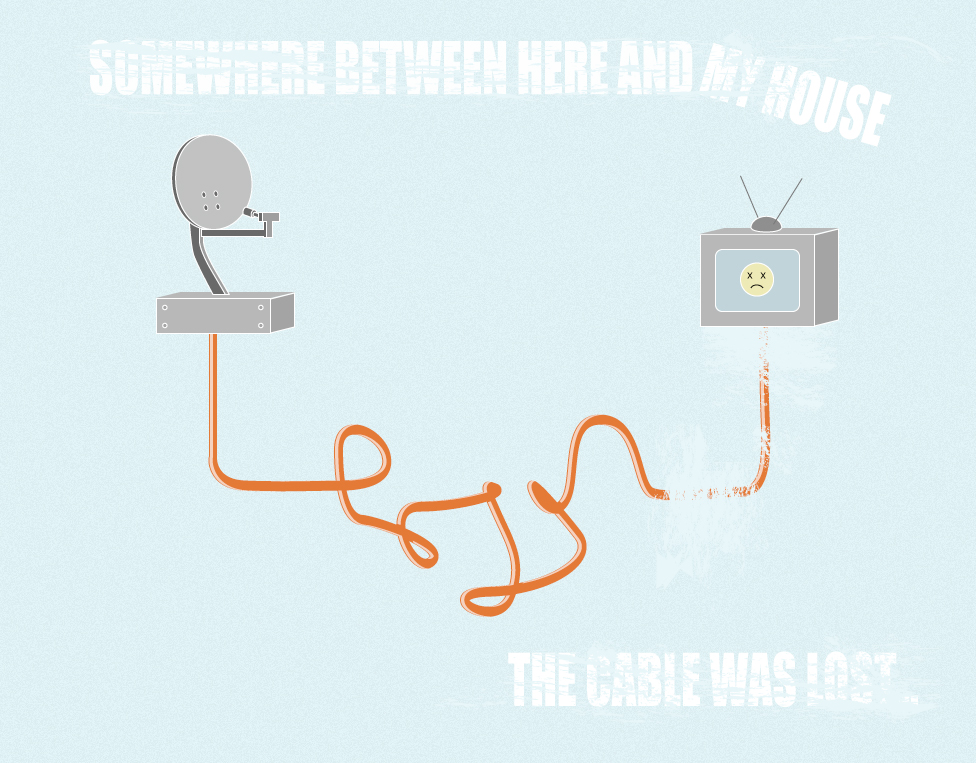On Feb. 2, a commercial transformer malfunctioned at 881 Comm. Ave. causing a switch to emergency power and a lack of early evening programming for 10 Buick St. residents.
“It literally ‘exploded,’ I guess is the word, not to be too dramatic,” said Boston University Telecommunications Senior Project Manager Robert Linsky in a telephone interview.
Because the emergency generator at 25 Buick St. did not contain the amplifier for the cable, 10 and 25 Buick St. had a cable outage.

“There’s a whole system set up for emergencies and the first floor of 25 Buick St. is on that system and the cable TV is not,” Linsky said.
Linsky said there was another outage at 5 a.m. last Friday because of a fuel problem with the portable generator BU brought in. BU Telecommunications fixed that outage in 30 minutes. They brought over the cable power supply to their emergency generators on Thursday.
Television in on-campus residences is relatively new feature. Linsky said administrators were unsure if students needed cable until almost six years ago when BU President Chobanian pushed for the service.
President Emeritus Aram Chobanian said in an e-mail his reasoning was “straightforward.”
“BU students should be able to decide for themselves whether they want to watch cable programming, irrespective of the content,” he said.
A joint committee of students and administrators from across the university originally chose the channels. Linsky said BU attempted to accommodate the school’s large number of international students with several foreign channels.
Now, large satellites on top of 10 Buick St. receive programming from DIRECTV and Dish Network. 75 of the schools 108 channels come from DIRECTV; the rest of the channels come from Dish Network. Those channels are brought in on fiber optics and combined with the high-definition channels from an antenna before redistributed at a “head-end” to the university.
Linsky said premium channels are “not in the cards right now.”
“With the system that we have, we’re pretty maxed out as to how many channels we can put out,” Linsky said.
Linsky said BU Telecommunications gets requests to add different channels to the lineup. He said they have switched out channels that nobody was watching, if they had “a number to put with it.” However, they cannot add channels based on a couple people’s calls.
“We try and do as much as we can for everybody, but you know you can’t please everybody all the time,” he said.
Other residences such as 481-483 Comm. Ave., 25-27 Aberdeen St., 1053 Beacon St., 37-39 Carlton St., and 455-457 Park Dr. have different channels. Linsky said this was because, while BU bought rights to telephone holes wherever it could, Verizon’s manholes are too old to access those residences. It’s called a “stacked system.”
“So what we do is we put an antenna on the roof and then we put all those cable boxes in the room and we feed them off of one antenna,” he said. “It’s either that or they wouldn’t have anything,”
Linsky has worked in BU Telecommunications for 15 years after he retired from Verizon. He said there are other schools that already have Internet Protocol Television in place, but they get fewer channels than BU. For example, Boston College and currently uses IPTV.
“It’s not going to happen tomorrow but, it’s going to wind up with TV over IP,” he said.


One Comment on “Dishing on Cable: The Truth Behind Your BU Channels”